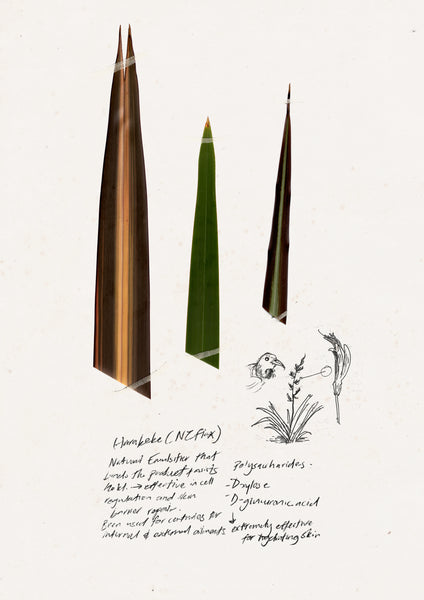The Science of Nature: Harakeke Flax - Phormium tenax

Name: Phormium tenax & Phormium colensoi
Common Name: Harakeke, Warariki, New Zealand Flax
Family: Asphodelaceae
Description:
Sword-shaped leaves grow up to three metres long and up to 125 mm wide. They are usually darkish green (P. tenax) or yellow-green (P. colensoi) but sometimes have coloured edges and central ribs.
The rigid flower stalks can be up to five metres long, projecting high above the foliage. In spring, tube-like flowers emerge which turn bright red when mature (or yellow in P. colensoi). These produce unusually large quantities of nectar to attract all nectar-feeding birds and insects. The seedpods that develop after successful pollination contain hundreds of wind-dispersed seeds.
Uses:
The phormium species have played an important part in the history and culture of New Zealand.
The incredible tensile versatility of harakeke and wharariki has been used for textiles from everything to fish nets and clothing to sails, ropes, roofs, mats, baskets and more.
Māori people used flax for centuries as a treatment for internal and external ailments as well as using flower nectar as a sweetener. Leaves were woven to bind broken bones. The pulp of pounded leaves was applied as wound dressings. Boiled and crushed harakeke roots were applied externally on boils and ulcers and internally to relieve constipation or expel parasites. The sap contains blood-clotting, antiseptic and mild anaesthetic qualities which helped relieve wounds and ailments.
Get some of the benefits here:
Flax is natural emulsifier that binds the Ponsonby Pomade and assists hold. It is rich in linoleic acid, effective in cell regulation and skin barrier repair for your scalp. It has a high quantity of natural polysaccharides D-xylose and D-glucuronic acid all extremely effective in hydrating the skin.

 Skip to content
Skip to content













